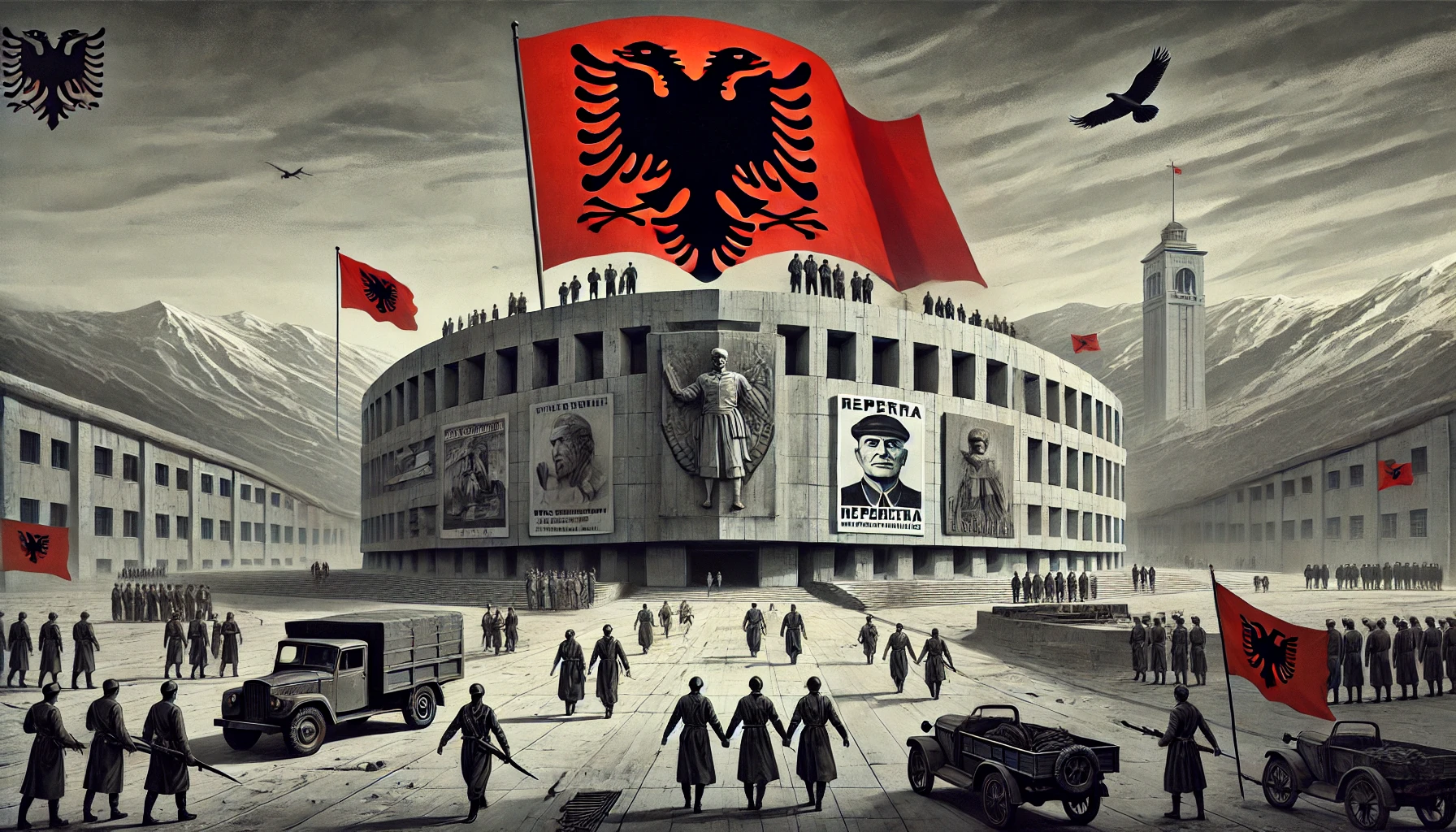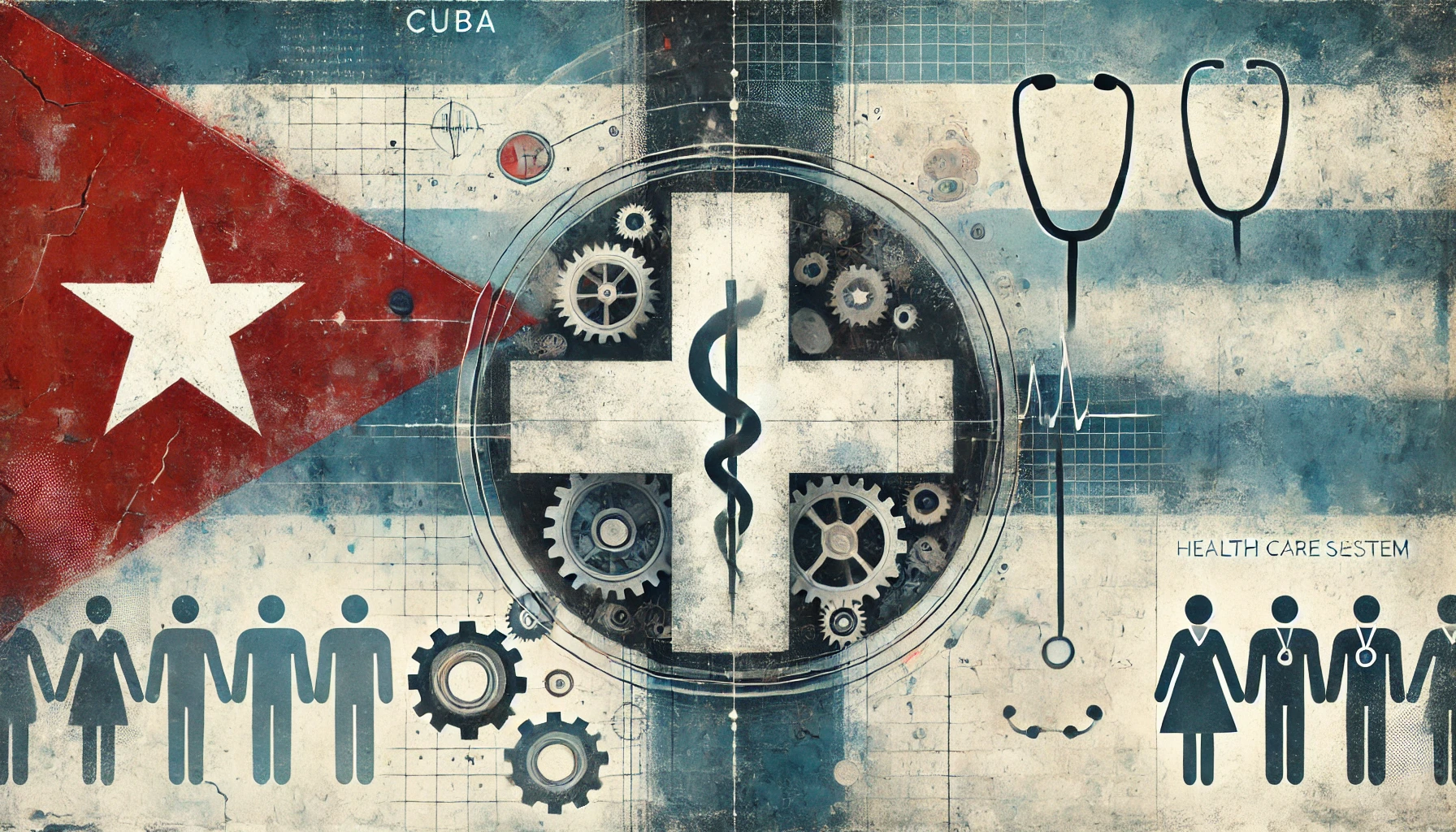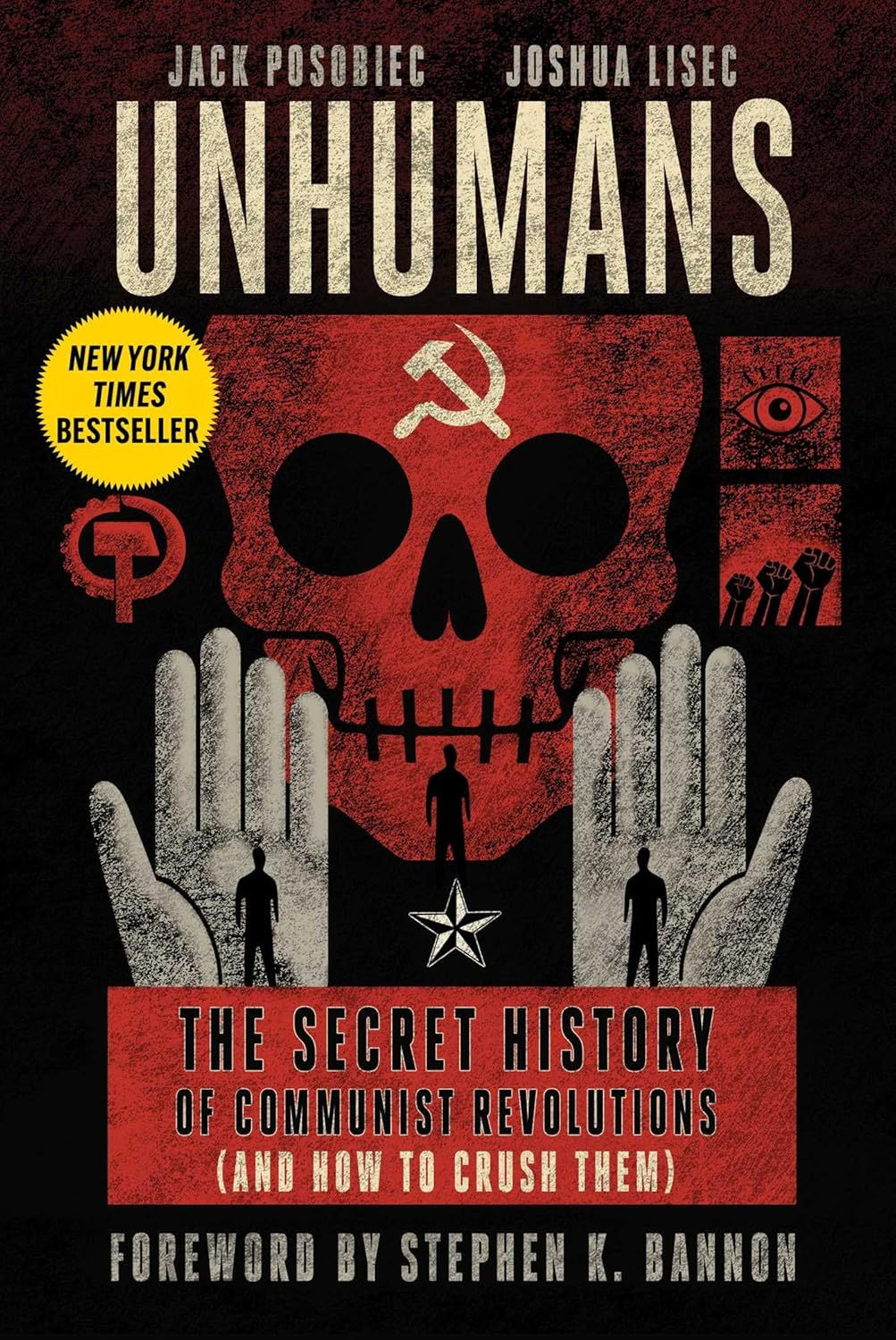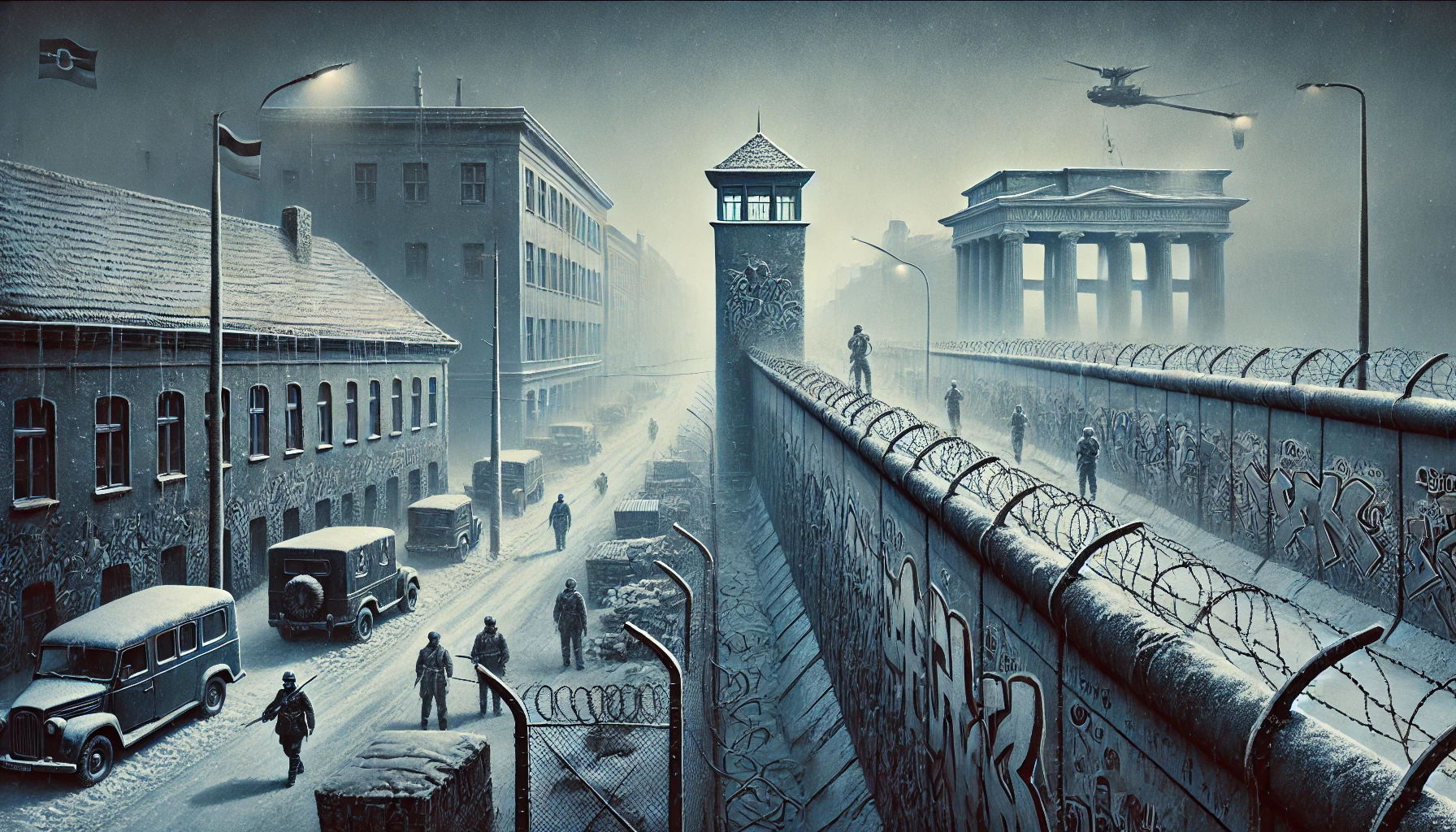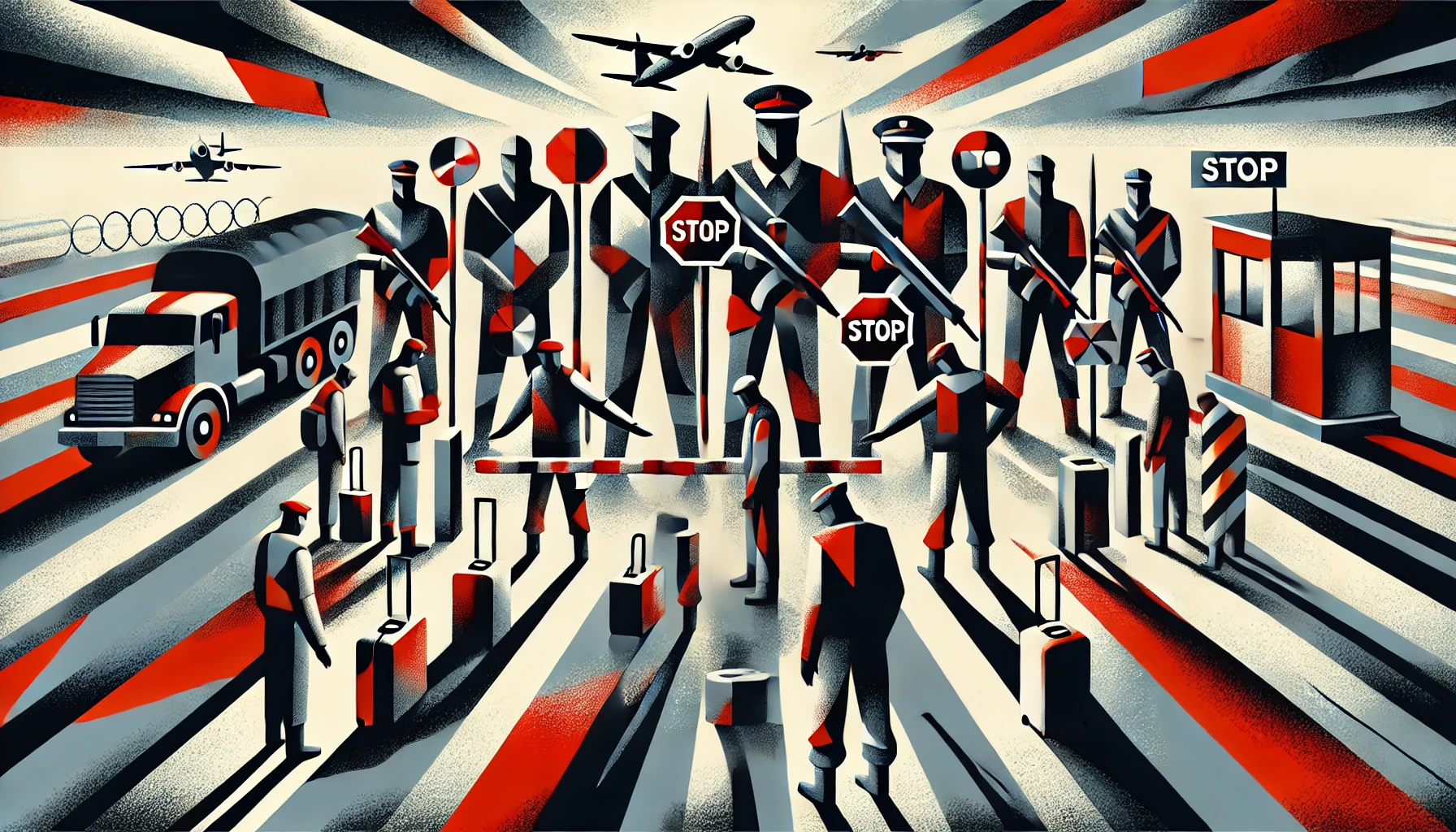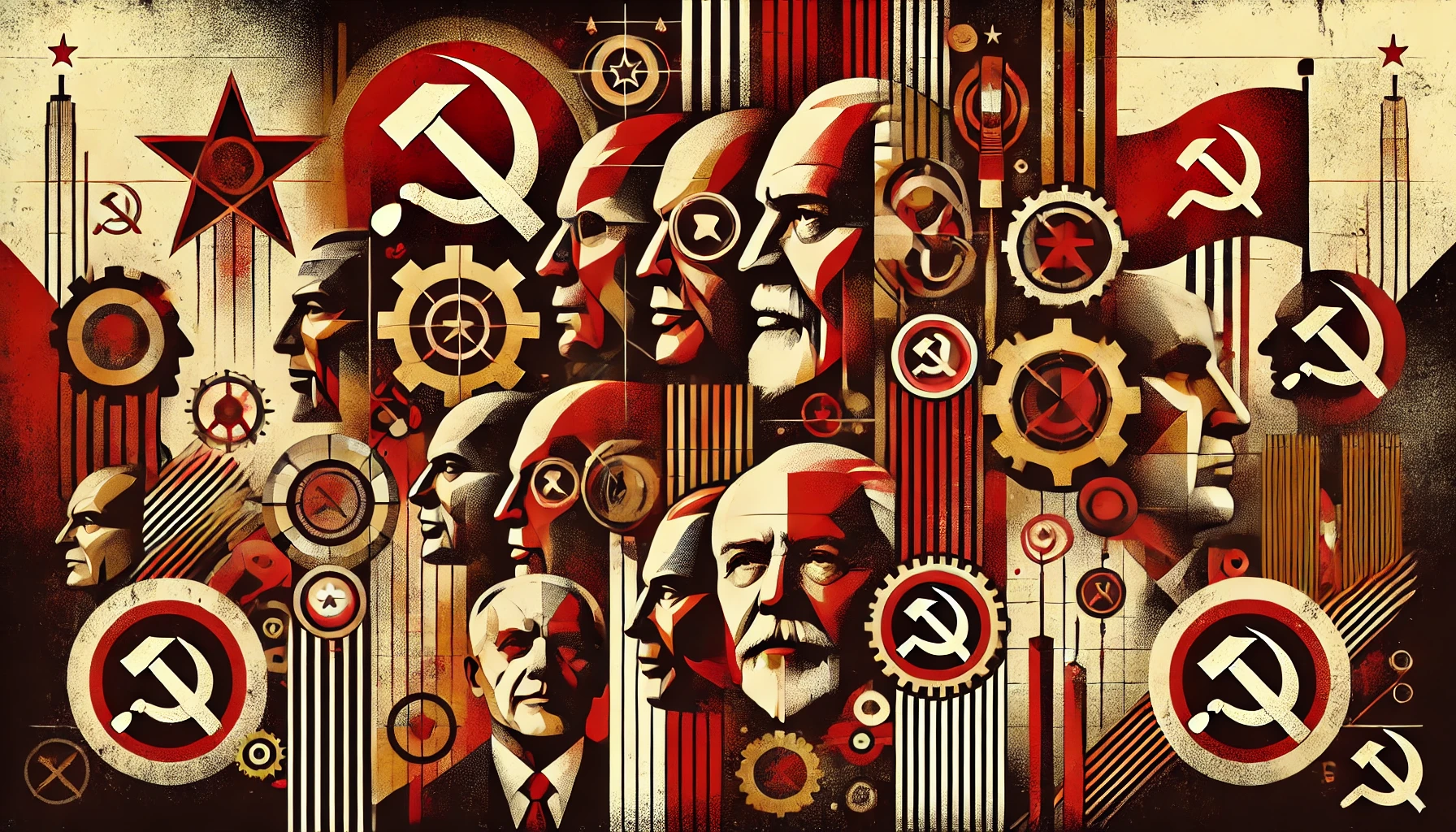The Albanian Cultural and Ideological Revolution, also known as the Cultural and Ideological Revolution, was a campaign initiated by the communist leader Enver Hoxha in the late 1960s. The revolution aimed to eliminate any remaining traces of the old society, religion, and foreign influences, while promoting a strict adherence to Marxism-Leninism and Albanian nationalism.
Historical Context
Albania had been under communist rule since the end of World War II, with Enver Hoxha as the country’s leader. Hoxha’s regime was characterized by isolation, repression, and a strong cult of personality. In the 1960s, Albania broke ties with the Soviet Union and aligned itself with China during the Sino-Soviet split.[1]
Implementation of the Revolution
The Cultural and Ideological Revolution was launched in 1966 and lasted until the early 1970s. The campaign targeted various aspects of Albanian society, including:
Religion
In 1967, Hoxha declared Albania the world’s first atheist state. All religious institutions were closed, religious practices were banned, and religious leaders were persecuted. Mosques and churches were either demolished or converted into secular buildings.[2]
Education and Culture
The education system underwent significant changes, with a focus on Marxist-Leninist ideology and Albanian nationalism. Western literature, music, and art were banned, and traditional Albanian folklore was promoted. Intellectuals and artists who did not conform to the party’s ideology faced persecution.[3]
Social and Economic Changes
The revolution also aimed to transform the social and economic landscape of Albania. Private property was collectivized, and a centrally planned economy was implemented. Traditional family structures were challenged, and women were encouraged to participate in the workforce.[4]
Personal Accounts
Many Albanians who lived through the Cultural and Ideological Revolution have shared their experiences. One such account comes from a former political prisoner, who described the harsh conditions in labor camps and the constant fear of persecution.[5] Another survivor recalled the destruction of religious sites and the pressure to abandon religious beliefs.[6]
Aftermath and Legacy
The Cultural and Ideological Revolution had a lasting impact on Albanian society. The country remained isolated and under strict communist rule until the early 1990s. The legacy of the revolution can still be seen in the aftermath of the regime’s collapse, as Albania continues to grapple with the consequences of its troubled past.[7]
Conclusion
The Albanian Cultural and Ideological Revolution serves as a stark reminder of the devastating effects of totalitarian regimes and the suppression of individual freedoms. The campaign’s attempt to eradicate religion, traditional culture, and dissenting voices led to immense suffering and long-lasting trauma for the Albanian people.
References:
- O’Donnell, J.S. (1999). A Coming of Age: Albania under Enver Hoxha. East European Monographs. p. 45.
- Pano, N.C. (1968). The People’s Republic of Albania. Johns Hopkins Press. p. 102.
- Vickers, M. (1999). The Albanians: A Modern History. I.B.Tauris. p. 185.
- Mëhilli, E. (2017). From Stalin to Mao: Albania and the Socialist World. Cornell University Press. p. 221.
- Woodcock, S. (2016). Life is War: Surviving Dictatorship in Communist Albania. HarperCollins. p. 187.
- Mustafa, M., & Young, A. (2008). Feride: A Memoir of a Turkish Girl’s Pursuit of Freedom in Enver Hoxha’s Albania. Pen & Sword Books. p. 93.
- Bartl, P. (1995). Albanian Identities: Myth and History. Schwandner-Sievers, S., & Fischer, B. J. (Eds.). Indiana University Press. p. 132.


